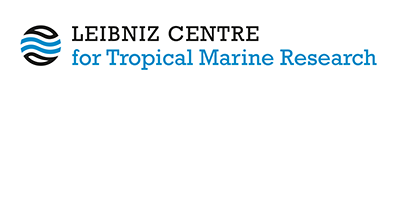Tipping to an Aggregated State by Mesoscale Convective Systems.
Kruse, I. L.  ORCID: https://orcid.org/0000-0003-0693-1116, Fiévet, R. and Härter, J. O.
ORCID: https://orcid.org/0000-0003-0693-1116, Fiévet, R. and Härter, J. O.  ORCID: https://orcid.org/0000-0002-8617-3847
(2025)
Tipping to an Aggregated State by Mesoscale Convective Systems.
Journal of Advances in Modeling Earth Systems, 17
(3).
DOI https://doi.org/10.1029/2024MS004369.
ORCID: https://orcid.org/0000-0002-8617-3847
(2025)
Tipping to an Aggregated State by Mesoscale Convective Systems.
Journal of Advances in Modeling Earth Systems, 17
(3).
DOI https://doi.org/10.1029/2024MS004369.
|
Text
Kruse.pdf - Published Version Available under License Creative Commons: Attribution 4.0. Download (2MB) |
Abstract
Radiative-convective equilibrium simulations were suggested to resist self-aggregation within a linearly stable regime at low surface temperatures. Recent numerical work shows that this linearly stable regime can rapidly transition to an aggregated state when exposed to realistic diurnal surface temperature variations. The resultant aggregated state is then stable, even when the surface temperature is set constant. Here we argue, by constructing a reaction-diffusion model, that this tipping process can be explained by the formation of mesoscale convective systems under the diurnal forcing. The model implies that strong cold pool interactions, invoked by the diurnal cycle, drive the self-organization of long-term buoyancy memory. Thus, whereas previous conceptual work disregarded the boundary layer dynamics, we here attribute key organizing mechanisms to them: namely the ability to cause rapid self-aggregation over continents and its advection over the ocean—with potential implications for hurricane formation
| Document Type: | Article |
|---|---|
| Programme Area: | PA2 |
| Research affiliation: | Integrated Modelling > Complexity and Climate |
| Refereed: | Yes |
| Open Access Journal?: | Yes |
| DOI: | https://doi.org/10.1029/2024MS004369 |
| ISSN: | 1942-2466 |
| Date Deposited: | 02 Jul 2025 08:24 |
| Last Modified: | 02 Jul 2025 08:24 |
| URI: | https://cris.leibniz-zmt.de/id/eprint/5634 |
Actions (login required)
 |
View Item |





 Tools
Tools Tools
Tools